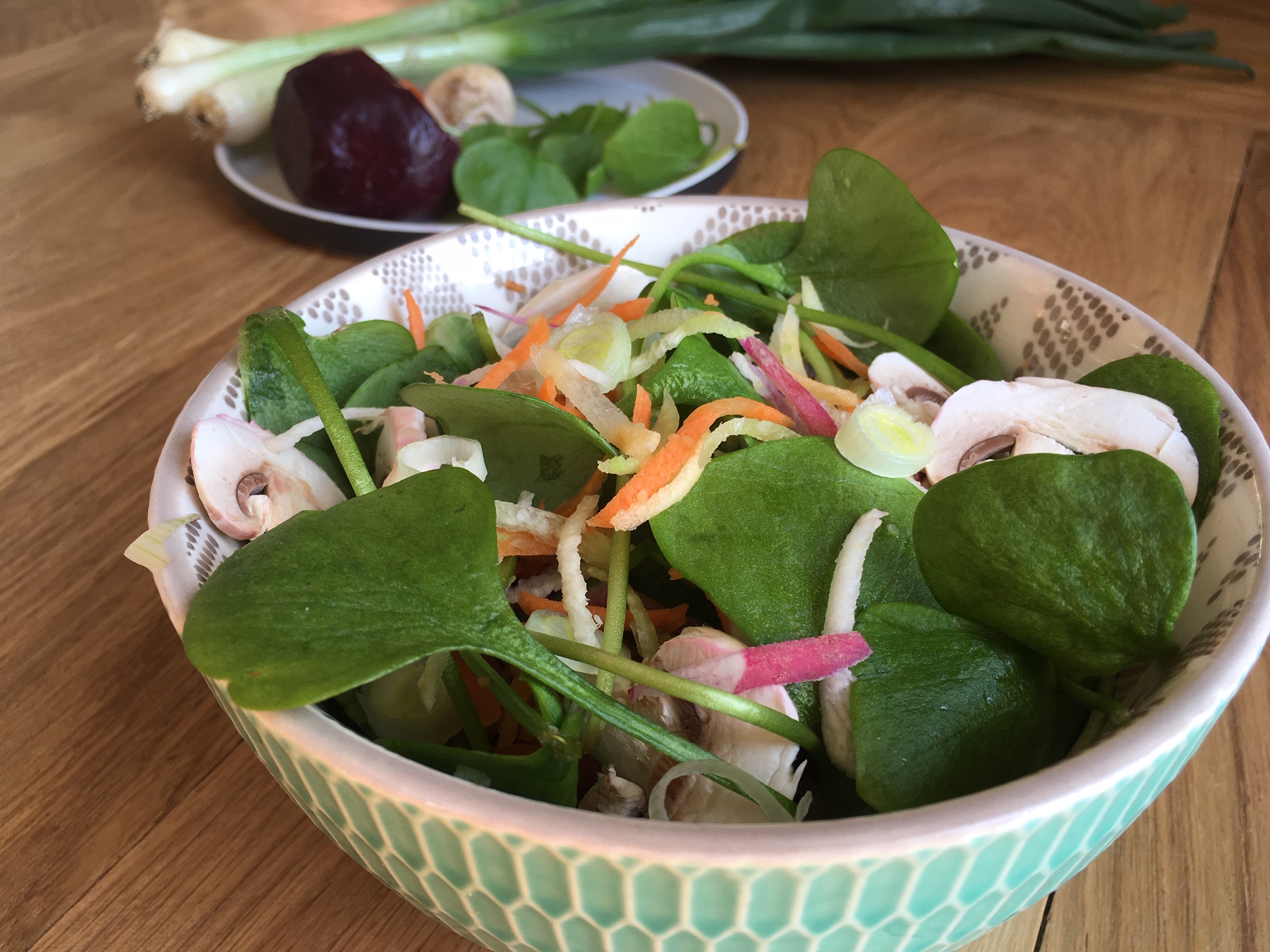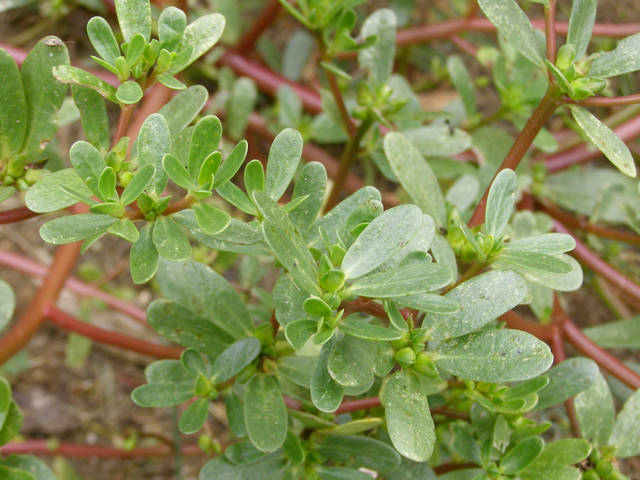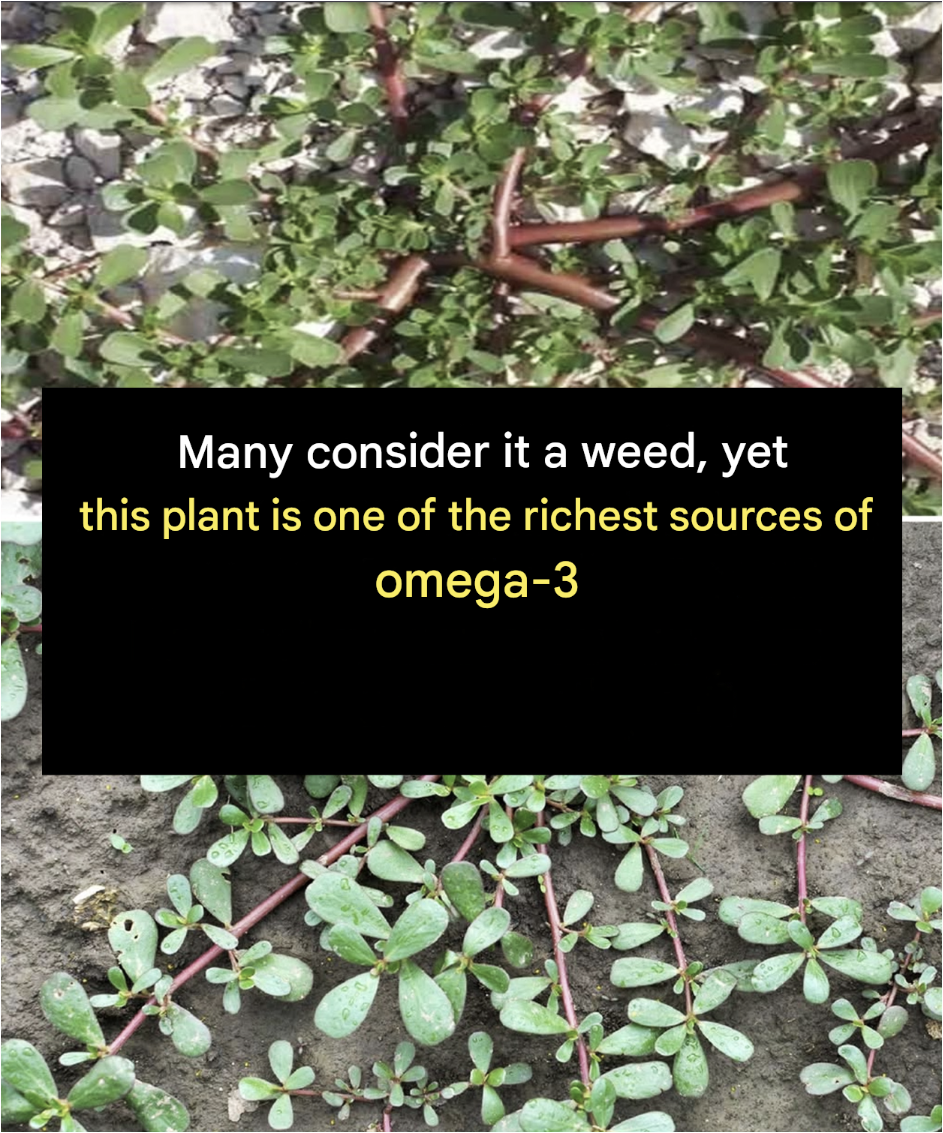
When it comes to cooking, purslane has it all. Its slightly tangy flavor is reminiscent of sorrel or young spinach leaves, with an added touch of freshness. It can be eaten raw or cooked, depending on your mood and the season.
Here are some simple ideas for incorporating it into your meals:
- In a salad, combined with juicy tomatoes, for a tasty and refreshing duo.
- In a soup, at the end of cooking, to add pep and color.
- Gently sautéed in a little butter, like spinach, as an accompaniment to grilled meat.
- Preserved in vinegar for the winter , or even frozen to keep its properties and taste.
And for those watching their salt intake, good news: purslane is naturally rich in minerals, which makes it a perfect ally for adding flavor to dishes without adding salt.
Where to find it and how to pick it?

Purslane grows easily in summer, before flowering, in slightly dry soils. It is very recognizable and not easily confused with other plants, making it perfect for a little nature picking, even for beginners.
It is harvested young, when its leaves are still tender, and rinsed thoroughly before cooking or using it externally.
What if, this year, you let the purslane grow freely in a corner of your garden?
